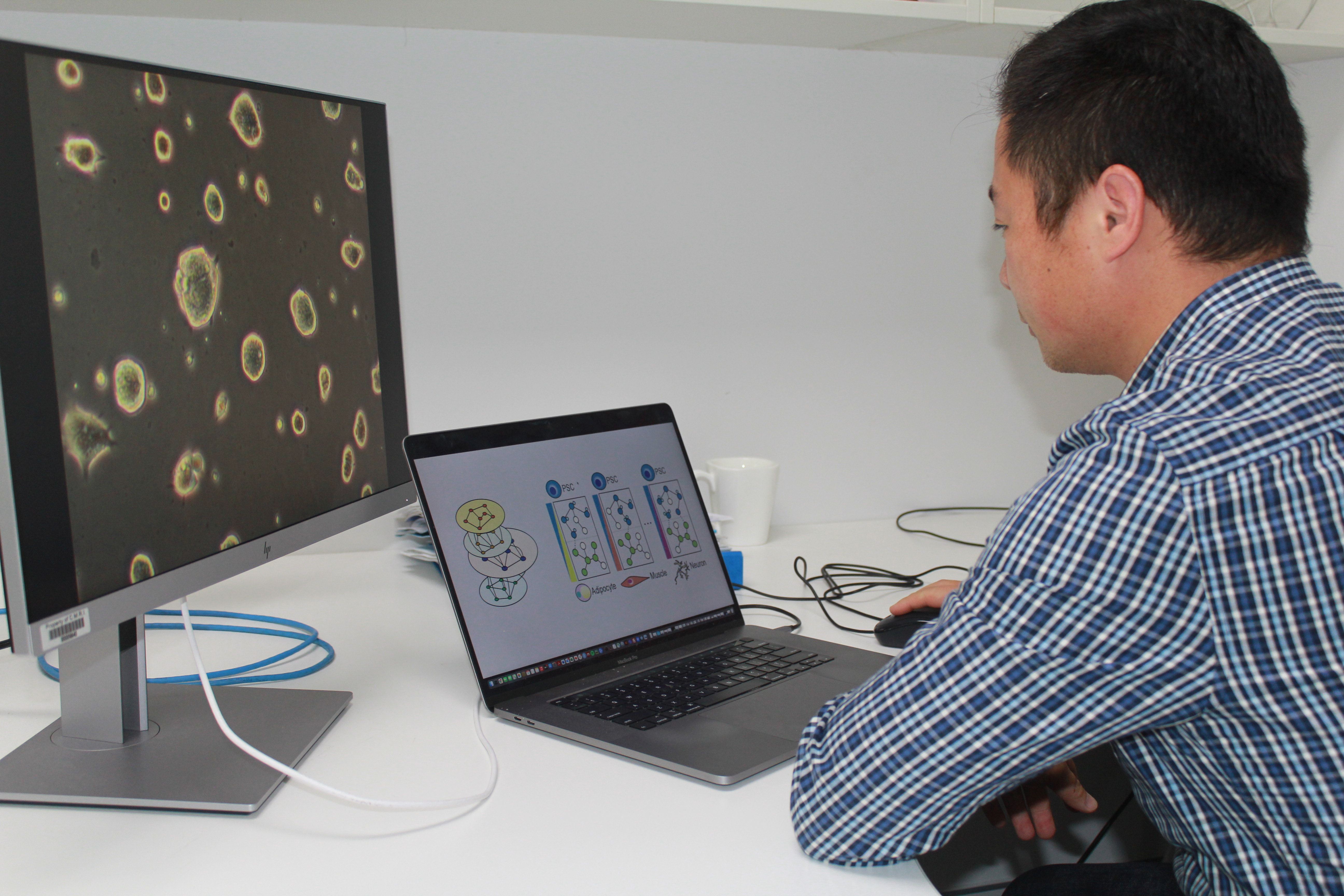News release
From:
The use of mathematical modelling to understand complex biological systems has been a game-changer for medical research in recent years, propelling innovation. Now the team at Children’s Medical Research Institute (CMRI) have developed a way for scientists to know which modelling method is best for which data set.
The new study, published in Nature Methods today, was led by CMRI’s Head of Computational Systems Biology, Associate Professor (A/Prof) Pengyi Yang.
A/Prof Yang’s team focuses on developing computational and statistical models to learn more about the cells in the body and how they work together. They also use these models to compare how different treatments for various diseases impact individuals. Amazing technical developments that have made it possible to measure thousands of different molecules in thousands of individual cells have enabled new insights into biology, but also present the challenge of how to handle huge quantities of data.
“Single-cell biotechnologies have propelled the fast-paced innovation and development of many different data integration methods,’’ A/Prof Yang said. “This has led to a critical need for their systematic categorisation, evaluation, and benchmarking. Understanding how well each method performs multiple tasks will help guide the decision as to which one to use.
A/Prof Yang’s team found there was a lack of information on comparing methods and evaluation.
“This study developed a system for choosing the most appropriate method for single-cell multimodal omics data analysis through a thorough categorisation and comprehensive benchmarking of the available methods,’’ he said.
Matilda, a computational method developed by A/Prof Yang and his team, stood out across a range of benchmarking tasks, showing that it can integrate multiple types of single-cell data more consistently and accurately than many existing methods. This means researchers can have greater confidence that the biological insights they derive from complex data are reliable and reproducible.
“This will provide a much-needed guide for the research community and a foundation to foster future research and application of computational methods,’’ he said. “By improving the way scientists analyse single-cell data, we are ultimately helping to accelerate discoveries in medical research, discoveries that may lead to new diagnostics and better treatments for patients.”
The work included Chunlei Liu, Sichang Ding, Hani Jieun Kim, Siqu Long and Di Xiao from CMRI as well as Dr Shila Ghazanfar from the University of Sydney.
A/Prof Yang is also head of the Computational Trans-Regulatory Biology group at the Charles Perkins Centre, at the University of Sydney.



 Australia; International; NSW
Australia; International; NSW


